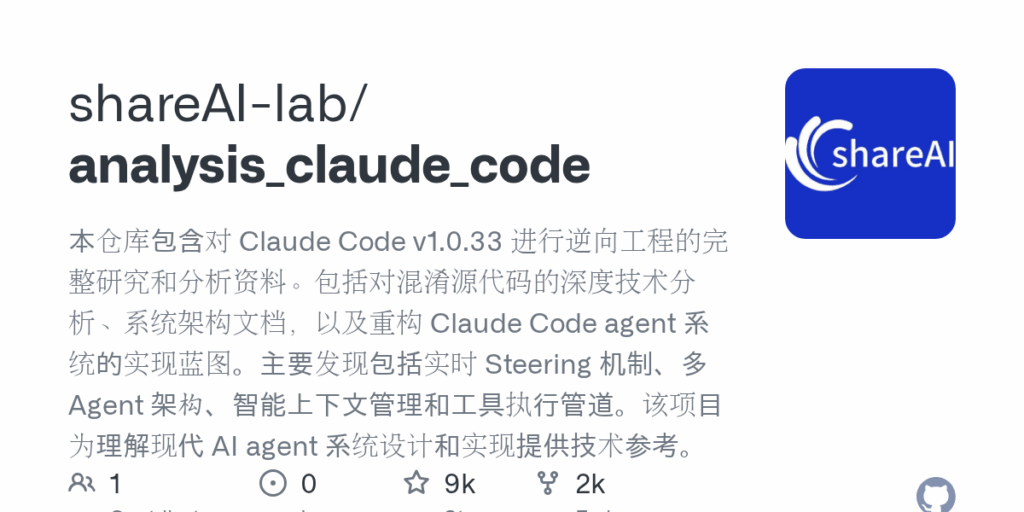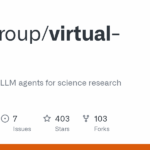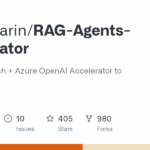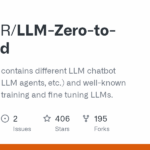analysis_claude_code
Basic Information
This repository is a read-only research archive that documents a deep reverse-engineering study of Claude Code v1.0.33. It aggregates deobfuscated source chunks, technical analysis, verification reports and reconstruction guides created while analyzing the obfuscated Claude Code agent implementation. The stated goals are to understand the system architecture and core mechanisms, restore implementation logic, validate findings by cross-checking source locations, and provide open-source reconstruction guidance and SOPs for researchers and developers. The project contains parsed code blocks, analysis results, scripts used in preprocessing and LLM-assisted analysis, and multiple detailed design documents covering agent loops, tool execution, memory management and security. The README notes the work is intended for education and research, is not guaranteed 100% accurate, and the repository was archived and made read-only by its owner.








